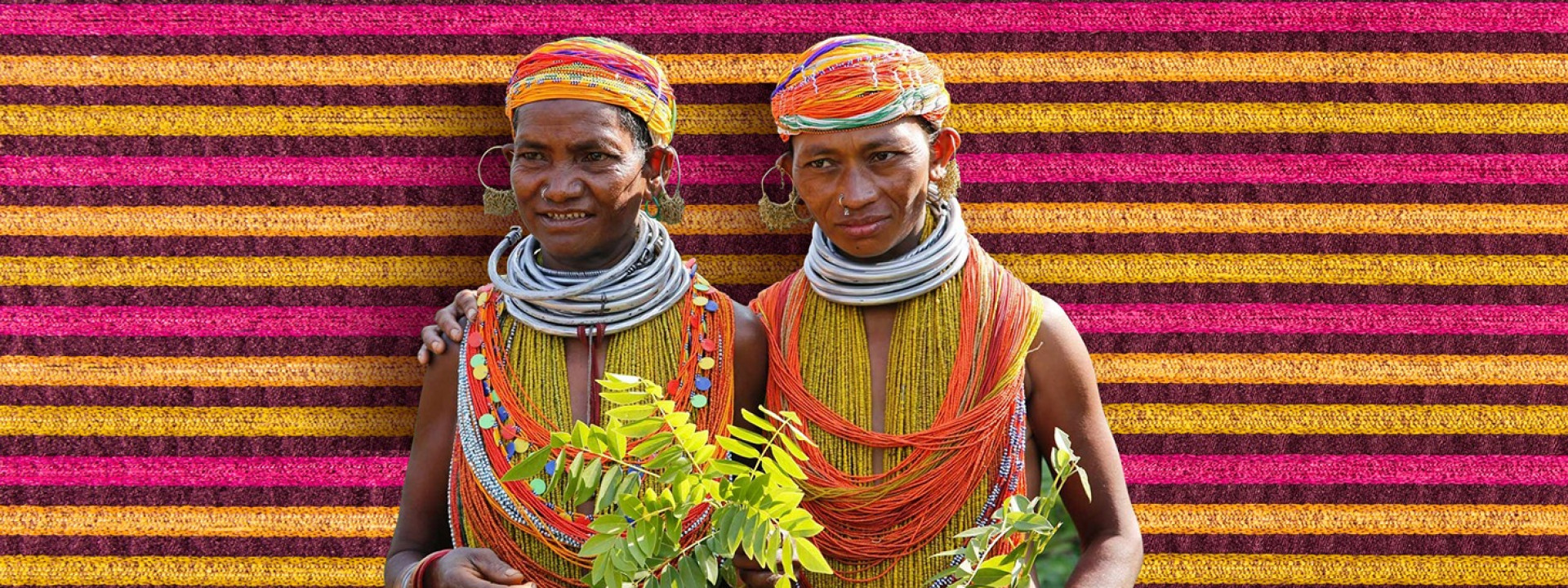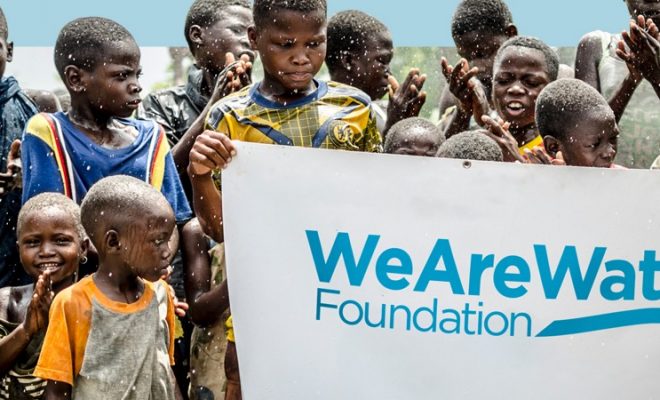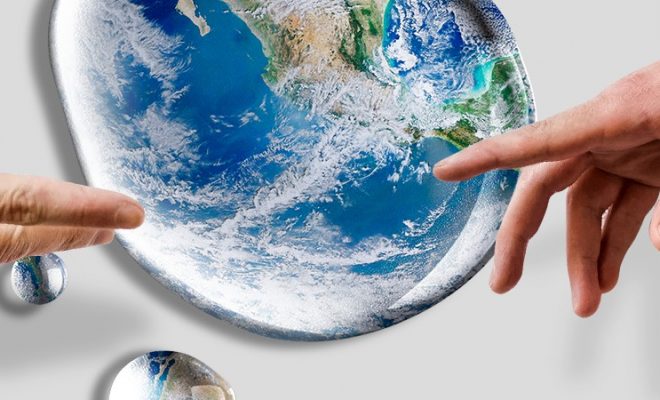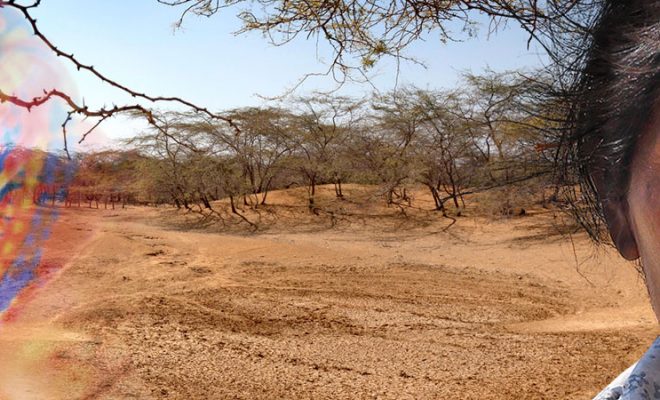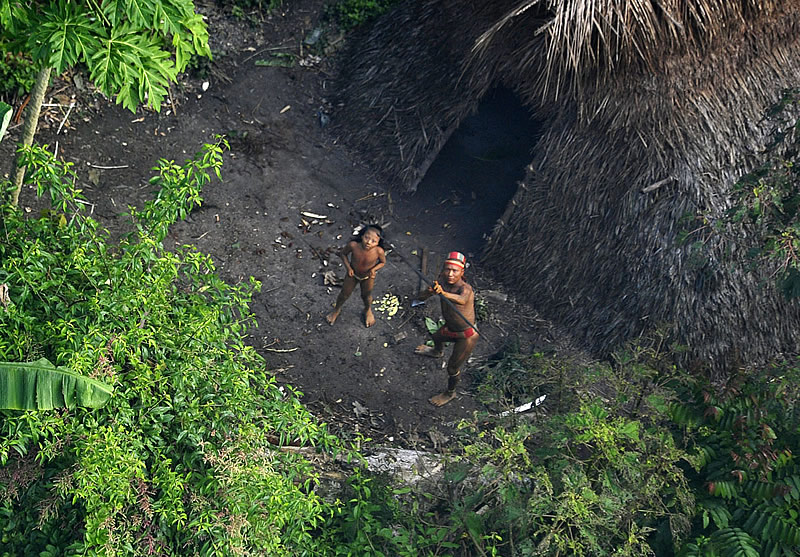
Indigenous peoples inhabit a quarter of the planet’s surface but protect 80% of our remaining biodiversity.
We have started a project to bring sanitation and hygiene education to the Irular, an indigenous people living in southern India. The Irular people live in extreme poverty and suffer from severe neglect. The practice of open defecation and their lack of hygiene education makes them highly vulnerable to diarrheal diseases, intestinal worm infections, and polio. With the project, we will improve the health of more than 1,200 members of the Irular community and provide them with more resources to survive.
A couple of years ago, we completed another project that led us to learn about the neglect of the Chenchus tribal groups living in the Nallamala forest area of Andhra Pradesh. They are highly vulnerable and are being harmed by pressure on their traditional culture and lack of resources. There we intervened in three villages and their schools, providing access to water and sanitation and reducing the women’s workload, who could join community activities.
Both the Irular and the Chenchus are examples of the neglect suffered by most of the world’s indigenous peoples. They often lack legal recognition of their lands, territories, and natural resources and are excluded from the very same formal economic system that surrounds and pressures them. Faced with the degradation of their habitat, they have few resources for their traditional culture to survive in a hostile environment and are defenseless against the onslaught of climate change.
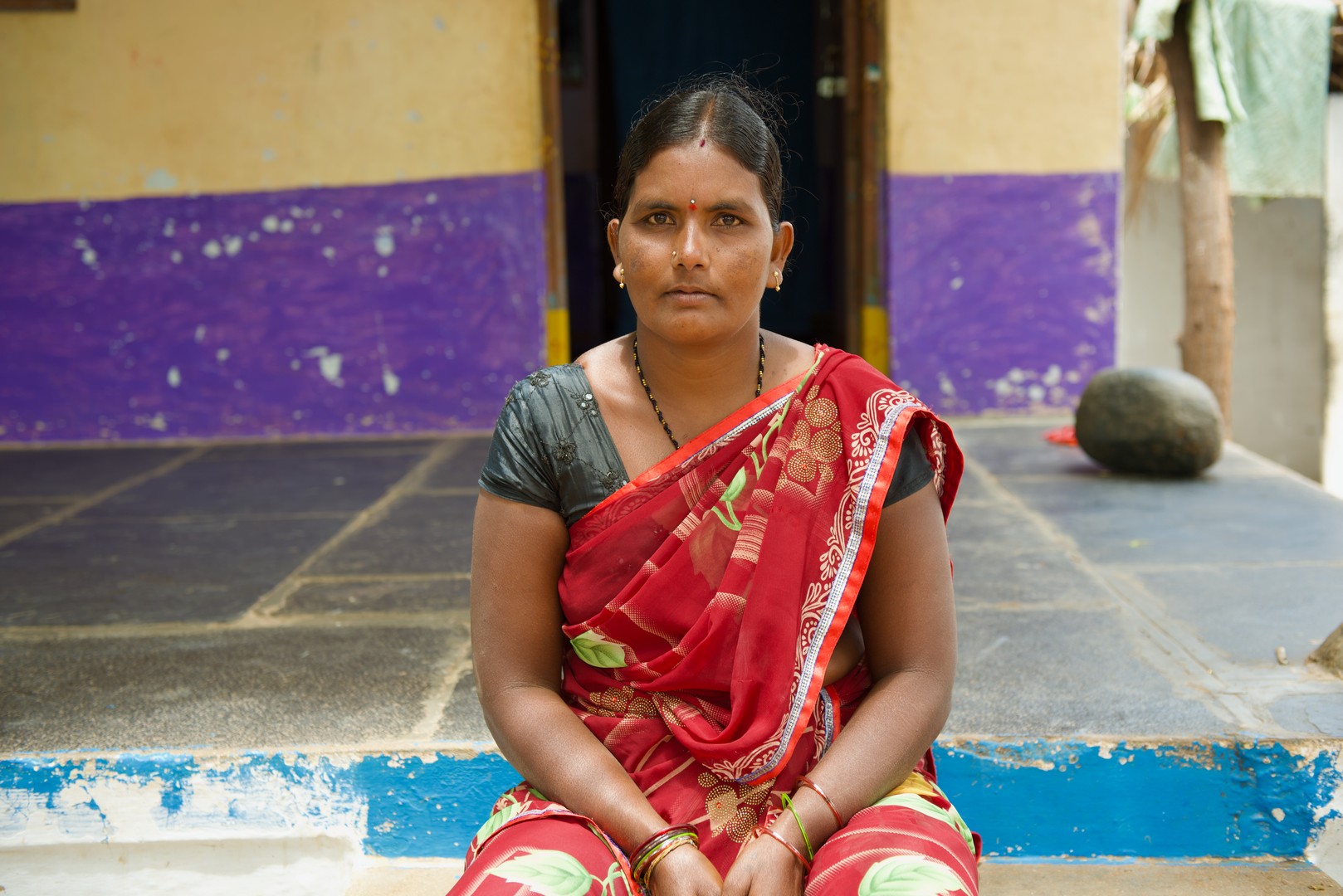
We have started a project to bring sanitation and hygiene education to the Irular in southern India.
Affected by water megaprojects
Indigenous peoples have little access to justice and are generally excluded from decision-making on issues that often affect them directly. In recent years, there have been flagrant cases of abuse. The best known is that of the indigenous peoples of the Amazon, who are cornered by deforestation, the expansion of industrialized agriculture, and mining. In all these cases, the sources of water and its quality are always destroyed. Then comes forced displacement, indignity, and misery.
The most striking and sadly ironic humanitarian disasters are caused by water megaprojects, intended officially to provide water for irrigation and energy for the population but destroying the natural water resources of indigenous communities.
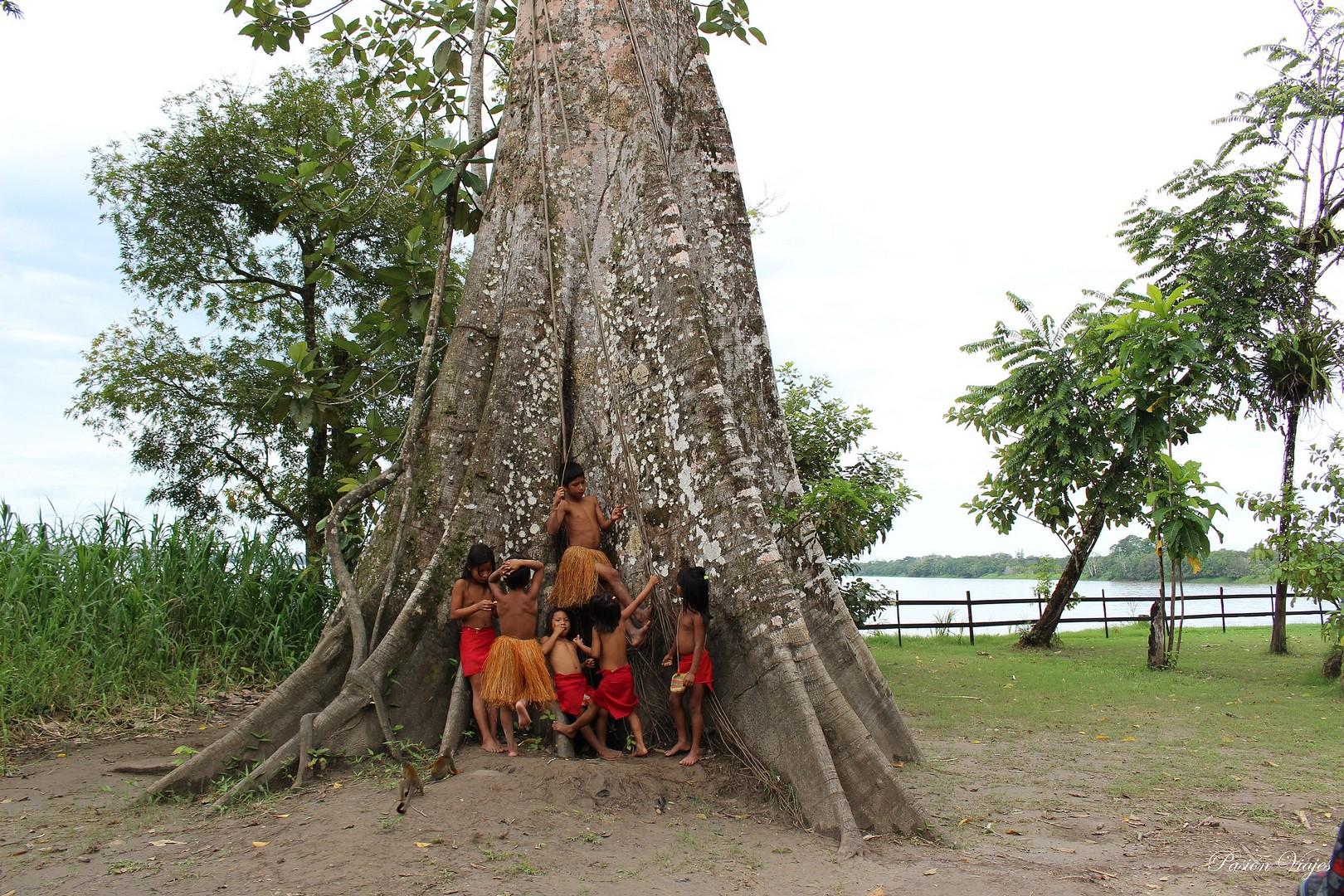
The UN estimates that there are 476 million indigenous people in the world. © Pasión Viajes
Large dams are a good example. The construction of the Bakun dam in Malaysia has displaced ethnic Kenyah and Kayan communities and disrupted their water sources and traditional livelihoods. In Uganda, the Bujagali dam on the Nile River has also driven the Basoga people off their land, destroying their agriculture and degrading their natural environment.
One of these most talked about megaprojects is the Gibe III dam on the Omo River in Ethiopia, whose construction began in 2008 and was completed in 2015. In addition to altering the watershed all the way to Lake Turkana in Kenya before joining the Nile, the dam has affected indigenous communities such as the Mursi people, who depended on the river’s natural flow. The Mursi now face severe food shortages and a government-sponsored modernization program that is invading their tribal lands.
No resources to face the climate crisis
The legacy of inequality and exclusion has increased the vulnerability of indigenous communities to the impacts of climate change and natural hazards. In recent years, the UN and scientists have been constantly warning about the effects of global warming on indigenous communities in the Arctic, which are facing glacier melting. This phenomenon is substantially altering their way of life.
At the other end of the spectrum, in desert areas, the pressure to find water has increased, threatening the survival of tribal ethnic groups. The Bushmen in the Kalahari, the Tuareg in the Sahara, and the Himba in the Kaokoland desert see how the pasture for their herds, which their centuries-old culture has taught them to find in every season, is becoming uncertain.
Paradoxically, one advantage these communities have is the desert. This area is harder to reach by the modern economy —oil and phosphates being the exception— adding pressure on the indigenous people. This is not the case in the semi-arid zones, where climate change is taking its toll on communities already experiencing industry’s degrading effects. This is the case of the Maasai, pastoralists in the semi-arid areas of East Africa, whose lands are being invaded by commercial agriculture, mining, and tourism. Something similar is the case of the Wayuu, the “children of the rain god and Mother Earth” who live in the semi-arid zone of the La Guajira peninsula and suffer from the deterioration mining and tourism are causing to their way of life and their ancestral culture.
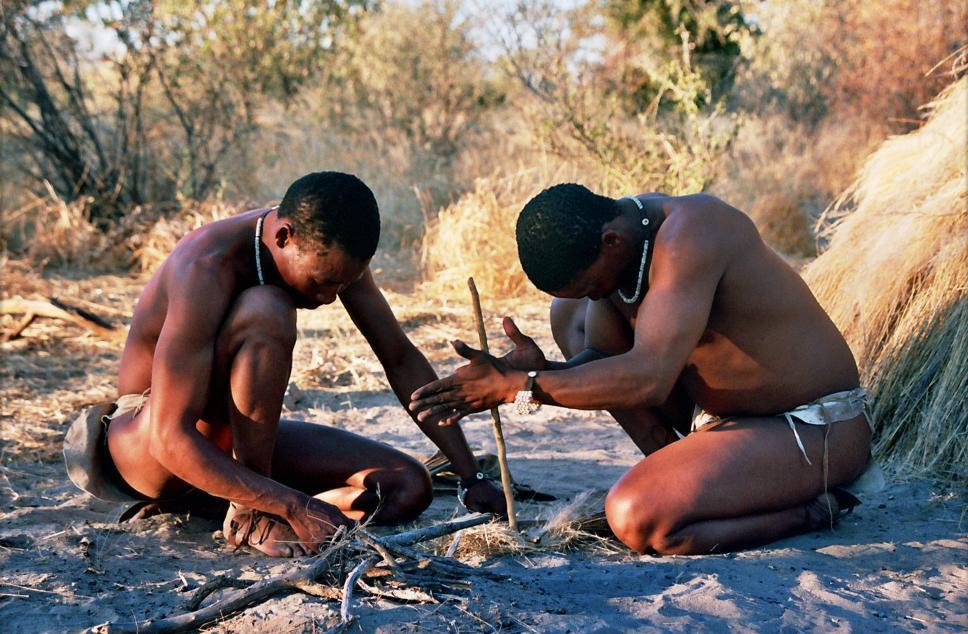
According to the World Bank, these communities cover a quarter of the world’s land area but protect 80% of the planet’s remaining biodiversity. © Ian Sewell
Ending injustice
The UN estimates that there are 476 million indigenous people in the world. The land on which they live and the natural resources they depend on are essentially linked to their identity, culture, livelihoods, and physical and spiritual well-being. This human legacy is seriously endangered.
According to the World Bank, these communities cover a quarter of the world’s land area but protect 80% of the planet’s remaining biodiversity. They comprise only 6% of the world’s population and account for about 19% of those living in extreme poverty. Their life expectancy is up to 20 years lower than that of non-indigenous people, including the poorest.
Indigenous peoples encompass a wide range of cultures with a traditional way of life closely linked to the forests, the savannah, the desert, the sea, and the rivers… They have ancestral knowledge and experience in adapting to, mitigating, and reducing the risks of climate change and natural disasters. They are a veritable roadmap to inspire the nature-based solutions scientists advocate, which the UN strives to disseminate.
To save this invaluable legacy, we need to end insecure land tenure, which is the factor that most endangers cultural survival, generates humanitarian crises, and threatens the ecosystem services on which we all depend. One of the main objectives of international cooperation must be to protect the rights of indigenous people. We must shift from declarations of good intentions to tangible and binding obligations. Civil society is responsible for mobilizing and pushing political and institutional power in this direction.


